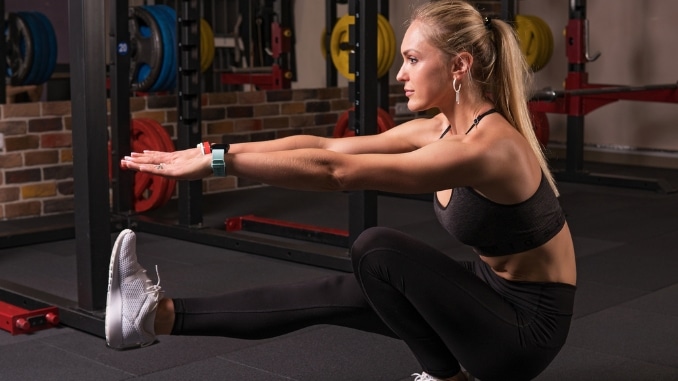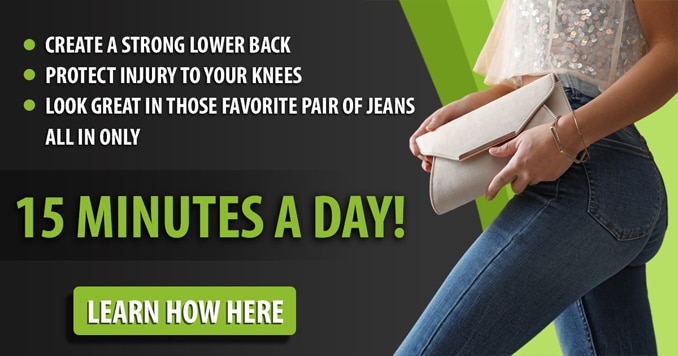Medical Disclaimer: The information in this blog is for enlightening and educational purposes only and is not intended as medical advice. The content in this post is not meant to substitute for a professional medical diagnosis, advice, or treatment. Always ask advice from your physician or other qualified health providers with any questions you may have regarding a medical condition.
Looking for a workout that truly pushes your limits? The pistol squat is the ultimate test of your strength, balance, and mobility! This intense move forces you to lower your body on one leg while keeping the other extended, demanding total body control and coordination.
The squat involves over 200 muscles [1], requiring coordinated timing for optimal performance.
Add this powerhouse move to your routine and feel the burn in your quads, hamstrings, glutes, calves, and core. Not only will it skyrocket your leg strength, but it’ll boost your balance and mobility, taking your functional fitness and athleticism to the next level. Ready to level up? Try the pistol squat form today!
A Pistol Squat?
A pistol squat is an advanced bodyweight exercise that involves performing a deep squat on one leg while keeping the other leg extended straight out in front of you. It’s often referred to as a single-leg squat and requires both strength and control throughout the movement.
The exercise begins by standing tall on one leg, lowering your body toward the ground, and keeping the extended leg off the floor until you reach a deep squat position. Then, you push yourself back up to the starting position.
Proper Pistol Squat Form
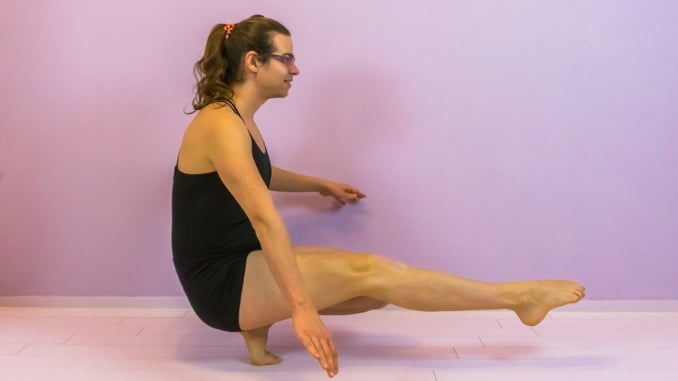
- Stand tall with feet hip-width apart and engage your core.
- Shift weight onto one leg, extending the other leg straight in front.
- Slowly lower your body while keeping your chest upright and hips pushed back.
- At the bottom, your thigh should be parallel to the floor with your knee tracking over your toes.
- Push through the heel of your standing leg to rise back up, maintaining a straight back and open chest.
- Return to the starting position and repeat.
Key Reminder:
According to a fitness instructor, a key tip for the pistol squat is to practice the bottom position first. Sit into a squat with your knees tracking your toes, then extend one leg forward.
This helps you spot any mobility issues in your hips or ankles, which you can work on improving.
Key Benefits of Pistol Squats

The pistol squat [2] form helped improve posture by enhancing core stability and leg strength, important for maintaining proper alignment during daily movements.
- Strengthens leg muscles [3]: Targets glutes, thighs, and calves.
- Improves muscle activation: Different squat variations engage various muscles.
- Boosts balance and coordination: Helps stabilize the body while performing the movement.
- Enhances flexibility: Particularly in the hips and knees.
- Supports joint health: Pistol squat form helps improve the strength of joints, especially in the lower body.
- Promotes functional strength: Useful for everyday activities and sports performance.
Pistol Squat Progressions
1. Assisted Pistol Squats
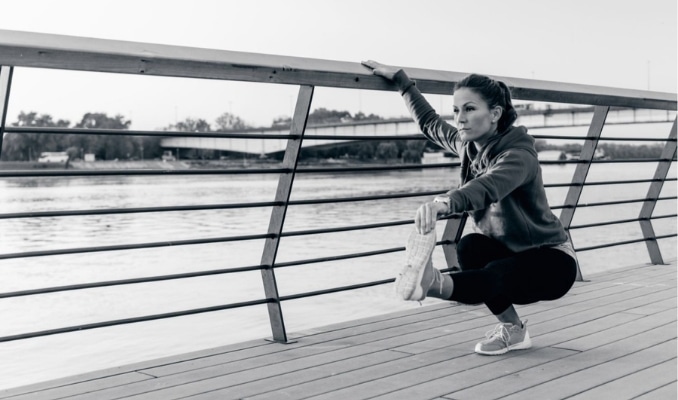
Use a suspension trainer, resistance band, or hold onto a stable object to assist with balance and form.
2. Box Pistols
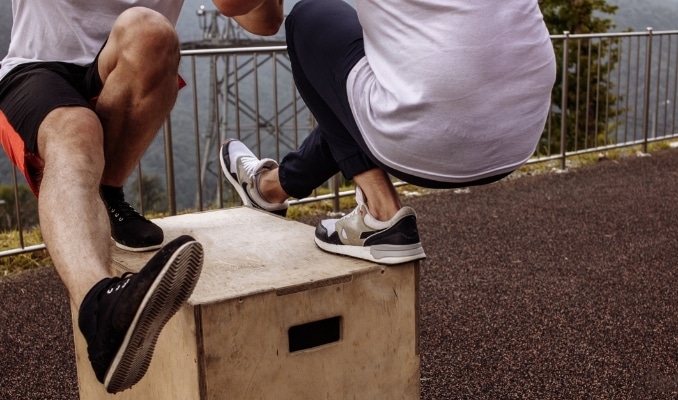
Start by sitting on a box or bench and performing a partial pistol squat, gradually lowering the height as strength improves.
3. Negative Pistols
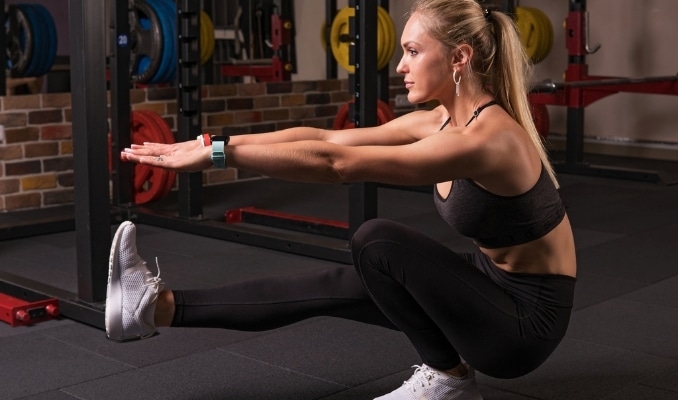
Focus on the descending portion of the squat, slowly lowering yourself and using assistance to rise back up.
4. Partial Pistols
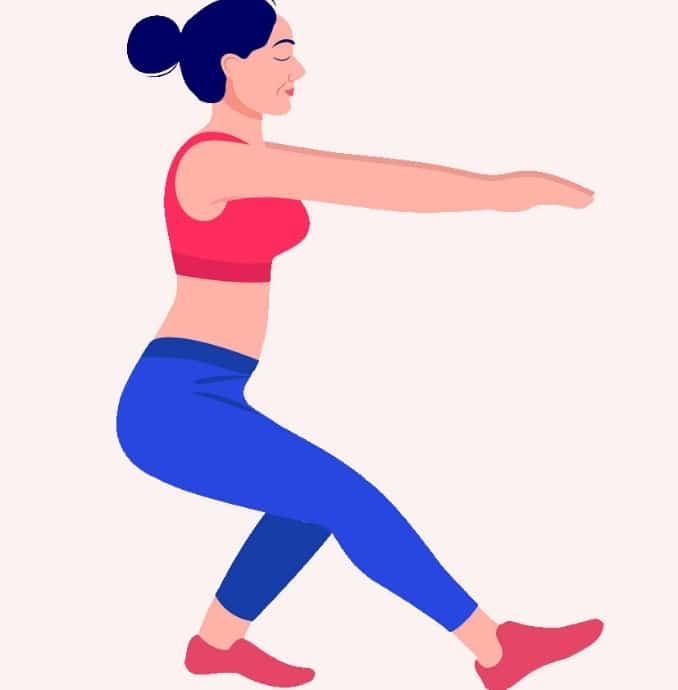
5. Elevated Pistols
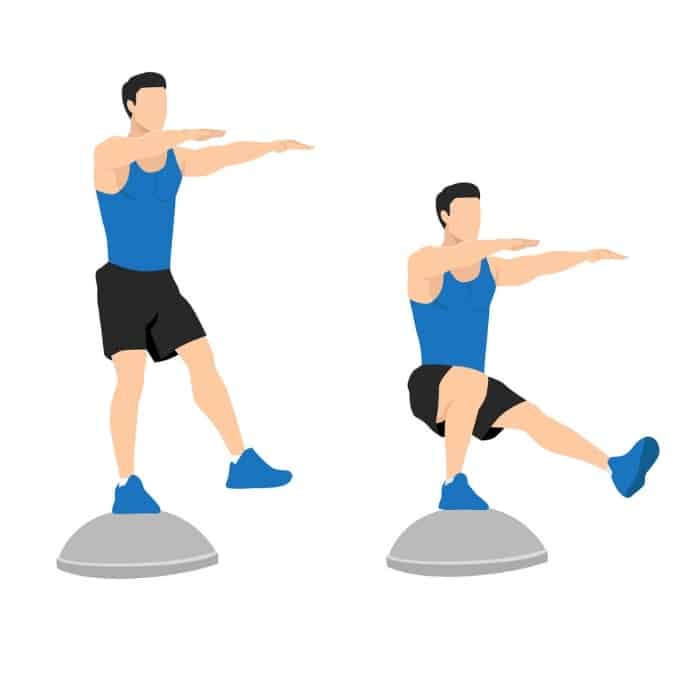
Perform the squat with a shallower depth and gradually increase the depth as flexibility and strength improve.
Pistol Squat Regressions
1. Box Squats
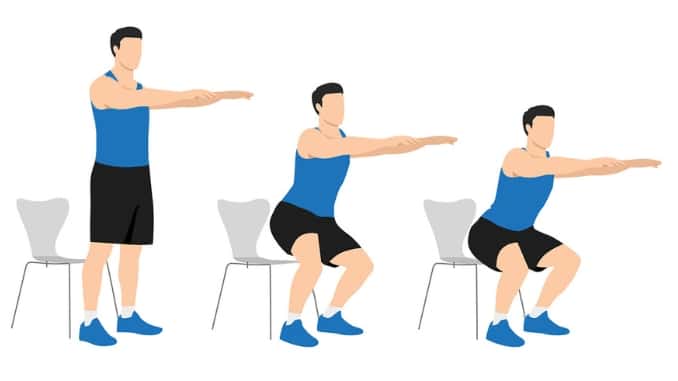
Start with box or bench squats where you sit back into a box, then stand back up to build strength and form.
2. Assisted Squats
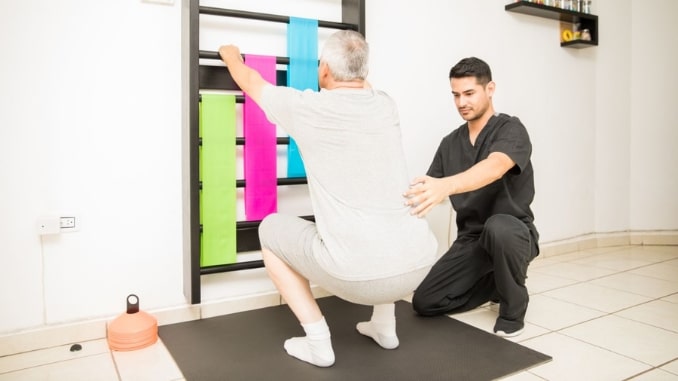
Hold onto a wall or a sturdy object for balance while performing the squat.
3. Chair Squats
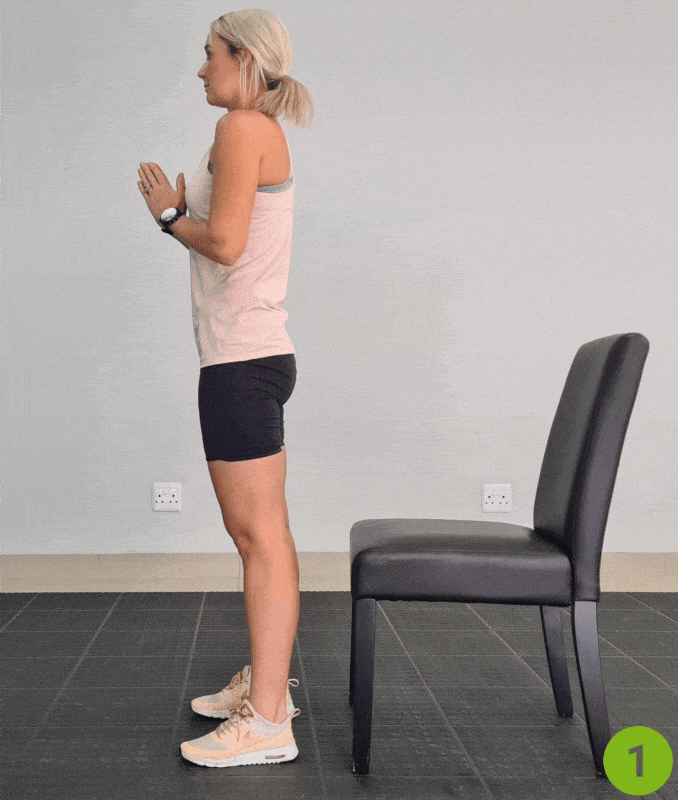
Perform squats using a chair or bench to sit down and stand up, targeting the same muscles but with less intensity.
4. Wall Sit to Pistol
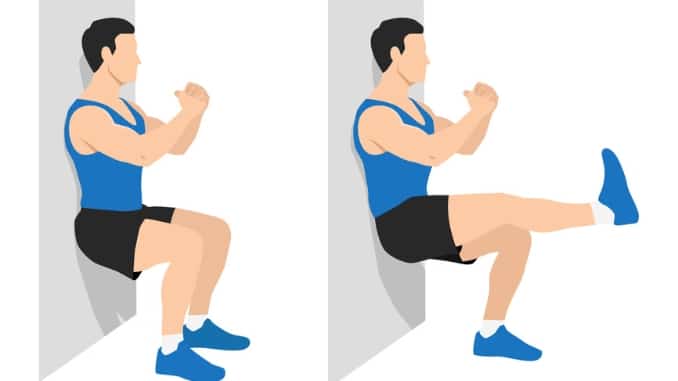
Hold a wall sit position and gradually try to extend one leg out, then use your other leg to assist you in standing.
5. Step-Ups
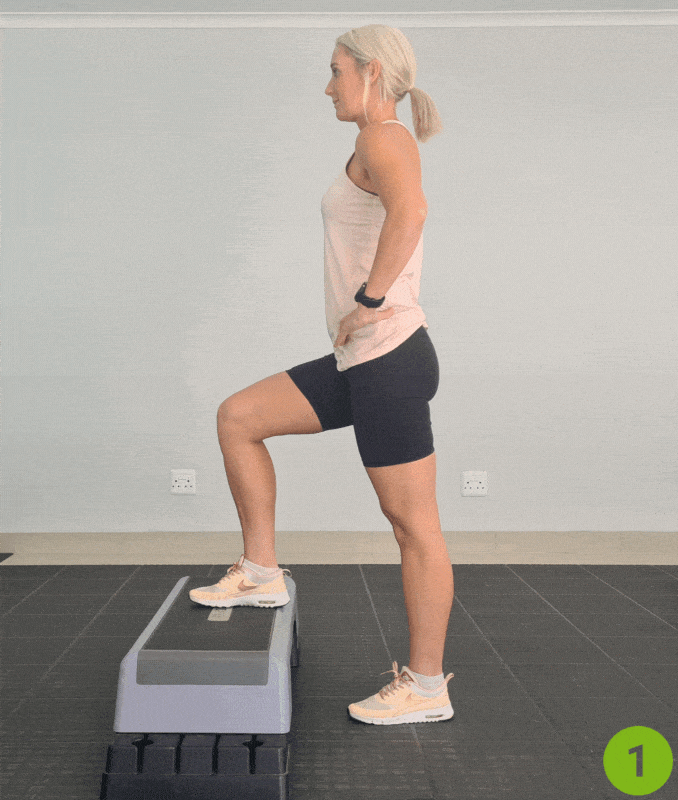
Perform step-ups onto a box or platform to mimic a single-leg squat motion while building strength and balance.
Top 5 Pistol Squat Mistakes (and how to fix them)
- Ignoring Your Heel: Heel lifts or toes come up.
Fix: Improve ankle mobility with drills and myofascial release. - Wobbling: Losing balance during the movement.
Fix: Grip the ground and practice barefoot for better stability. - Hip Flexor Pain: Cramping in the extended leg.
Fix: Strengthen hip flexors with exercises like hanging leg raises. - Falling Back: Losing control and falling backward.
Fix: Use assisted pistol squats and gradually reduce upper body assistance. - Collapsing at the Bottom: Losing control while descending.
Fix: Practice slow negatives with a light counterweight held in front.
Conclusion
Mastering the pistol squat isn’t something that happens overnight, but with consistent effort, you’ll see huge improvements. As you gain strength and mobility, you’ll unlock new levels of fitness.
Remember, the key to success is practice, patience, and perfecting your form. As you progress, you’ll notice how much more efficient and powerful your movement becomes, positively impacting all your other workouts and athletic endeavors.
Stay committed to working through the progressions, and soon you’ll be performing unassisted pistol squats with ease.
It’s not just about aesthetics; it’s about making your hips, knees, back, and core stronger and more resilient. Get started today with Advanced Gluteus Maximus Exercises and experience the difference in your strength, stability, and appearance! Check out now!
Frequently Asked Questions
Do pistol squats damage the knees?
When done with the proper pistol squat technique, pistol squats should not damage the knees. However, if the knees bend incorrectly or you rush the movement, you could strain them.
For beginners, it might be helpful to use a stability ball or a weight plate for support while you build strength. Focus on slow, controlled movements, and if you experience any discomfort, work on improving your form first.
Are pistol squats effective?
Yes! Pistol squats are effective because they target multiple muscles at once, especially your quads, glutes, hamstrings, and calves. They also work your core and improve balance and mobility, which makes them great for overall leg strength.
As you progress, you’ll be able to perform the full pistol squat using only your body weight, improving functional strength.
Is a pistol squat the hardest?
While pistol squats are difficult, especially for beginners, they’re not necessarily the hardest exercise. They require strength, balance, and flexibility. The first pistol squat can feel tough, but with practice, you can master it and eventually perform unassisted pistol squats with ease.
If you’re struggling, start with a two-legged squat or try holding onto something for support until you can handle the full movement.

